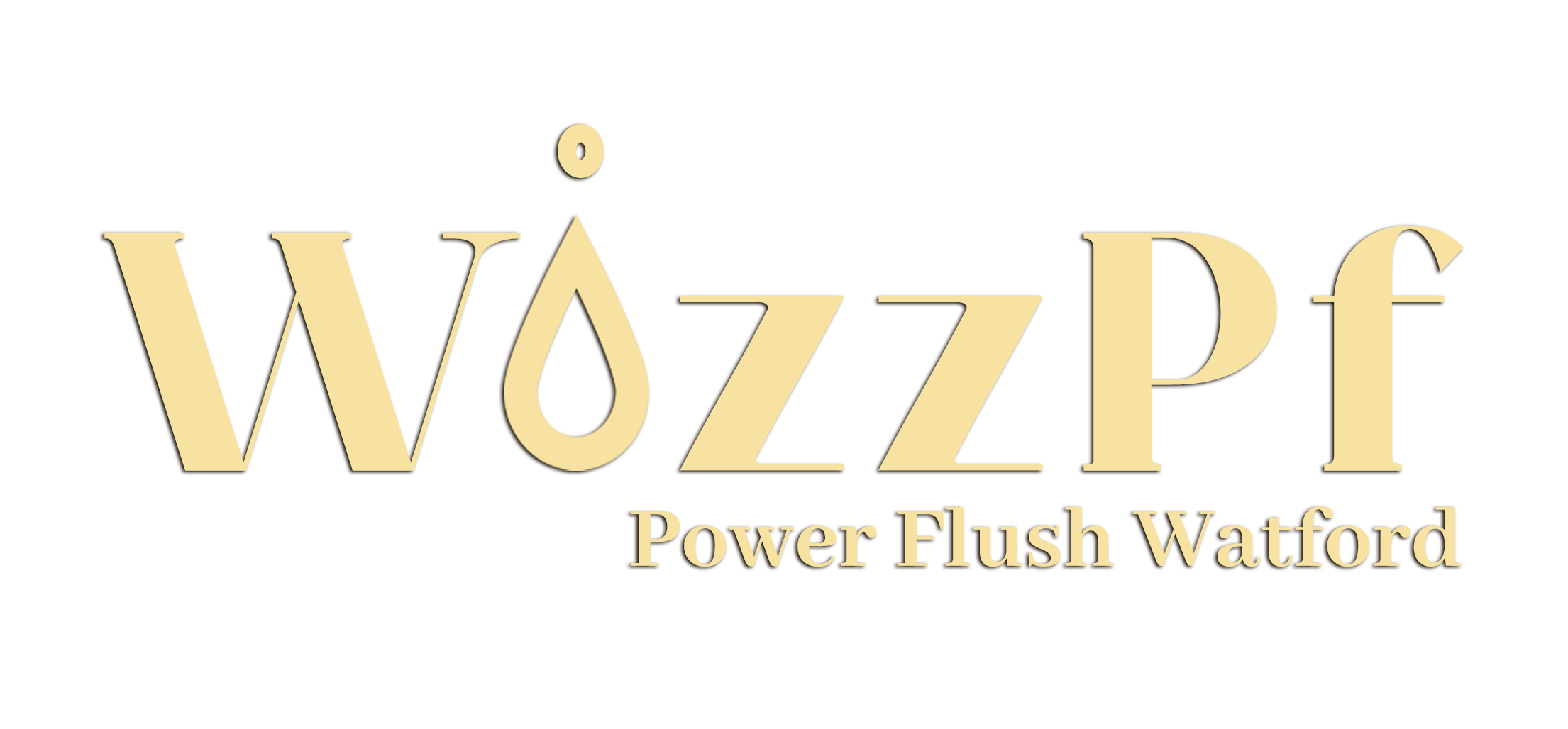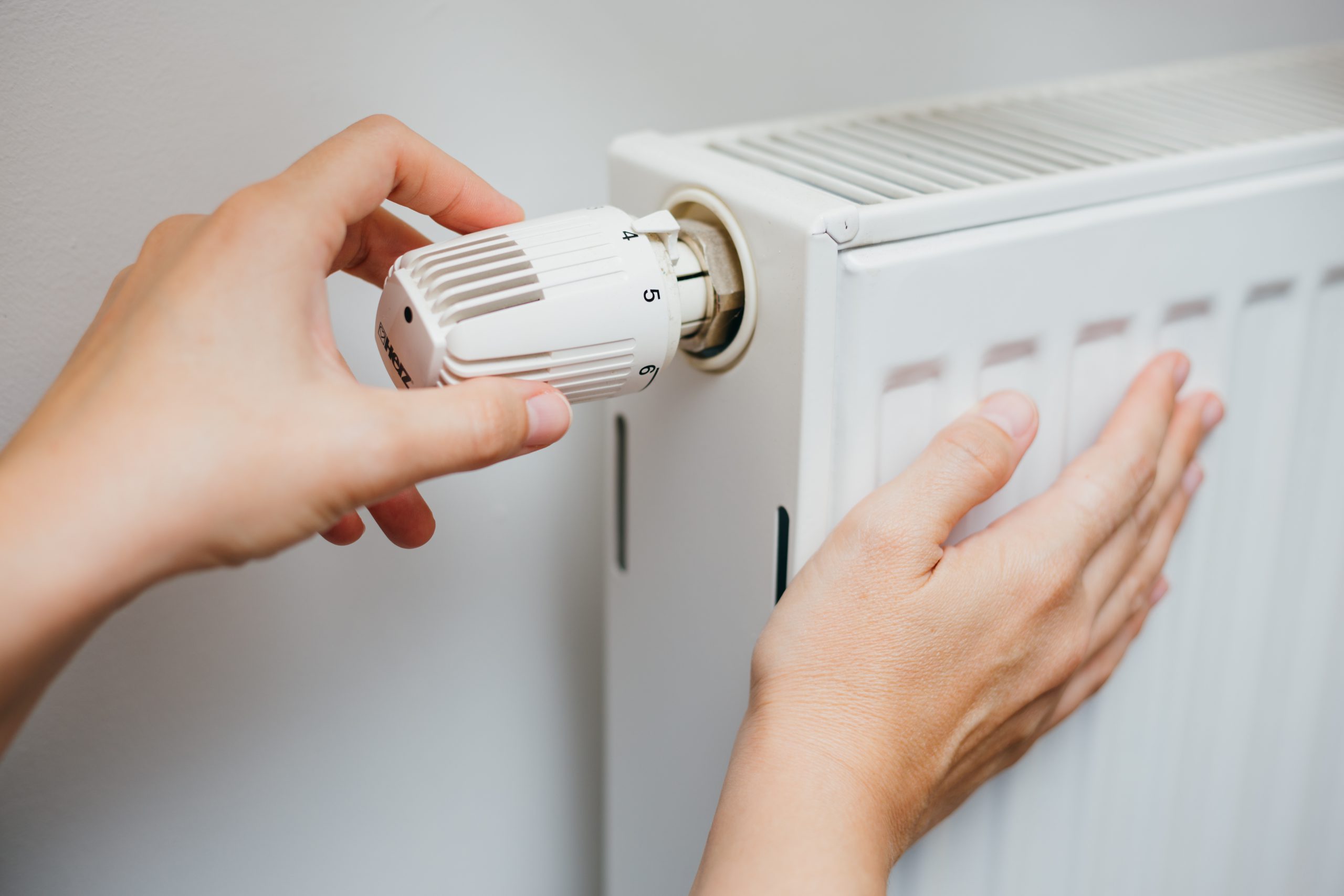Over time, sludge, rust, limescale and other accumulations build up within your central heating system. If these materials are not removed they can lead to inefficient heating, blockages, cold spots within your radiators and even the breakdown of your boiler. In fact, dirty water filled with sludge is one of the leading causes of boiler breakdown in the UK. A commonly used technique that clears out your radiators and heating system is a heating system power flush.
What comes next in the article?
- Power Flush – everything you need to know!
- How do you know you need a power flush?
- The most important benefits!
What is A Heating System Power Flush?
A power flush for central heating is a treatment that involves the use of highly pressurized water and specialised cleaning solutions to remove accumulated dirt, limescale rust and other debris from the pipes and radiators. The process helps to improve the efficiency and performance of the heating system, reduce noise and cold spots, and extend the life of the system. The power flush treatment typically takes several hours to complete and involves the use of specialized equipment and a team of professionals.

When Should A Heating System Power Flush Be Performed?
Ideally, power flush for central heating treatment should be performed around every 5 years. Or, if there are signs that your heating system may need a power flush. By power flushing radiators and your heating system every 5 years, you should keep your heating system running effectively and prevent the build-up of sludge and deposits and blockages from forming within the system. It is a good idea to perform a heating system power flush before a new boiler is fitted.
Signs That Your Heating System Needs A Power Flush
There are several signs and symptoms that indicate your central heating system needs cleaning.
- Inefficient heating
- Radiators that only get lukewarm, or won’t heat up at all
- Radiators with cold spots
- Radiators with discoloured water
- Banging noises from the boiler, or noises from the pipes or radiators
- Radiator leaks
If your heating system is having any of these symptoms then it is time for you to get heating system power flush services.
How To Power Flush A Central Heating System
How to flush a central heating system is actually quite straightforward if you have the equipment needed. Your heating system is first connected to a power flush machine that contains a powerful pump. Water is then pumped around your heating system along with a cleaning solution at very high pressure. There are descaler compounds within the cleaning solution that will remove any limescale, a corrosion inhibitor that will prevent any rust formation and other chemicals that will dislodge the accumulations from the system.
Power flushing radiators can take from 8 hours to longer. It depends upon the size of your central heating system and how bad the build-ups are. The radiators, pipework and boiler will be power flushed.
Benefits Of A Power Flush Central Heating Treatment
Power flushing brings many benefits to your central heating system.

The benefits of power flush treatments for heating systems include:
- Improved efficiency: Removing accumulated dirt and debris from pipes and radiators can improve the efficiency of the heating system, allowing it to heat up more quickly and maintain a more consistent temperature.
- Extended lifespan: Power flush treatments help to remove corrosion and other forms of damage that can shorten the lifespan of a heating system.
- Reduced the risk of corrosion to all components
- It removes and prevents blockages
- Increased comfort: Power flush treatments can help to eliminate cold spots, reduce noise, and improve the overall performance of the heating system, leading to increased comfort for the user.
- Lower energy bills: By improving the efficiency of the heating system, a power flush treatment can help to reduce energy consumption, resulting in lower energy bills.
- Better performance: A power flush treatment can help to restore the performance of an older heating system or ensure that a new system is working optimally.
- Improved safety: Power flush treatments can help to identify and rectify any issues with the heating system, improving its overall safety and reducing the risk of breakdowns and leaks.
Chemical Flush vs Power Flush
What is the difference between a chemical flush and a power flush? A power flush uses high-velocity water to clean the central heating system, whereas a chemical flush uses chemicals to dissolve and remove debris and buildup. The power flush is considered more effective in removing stubborn deposits, but the chemical flush is quicker and less invasive. Both methods aim to improve efficiency and extend the heating system’s lifespan.


